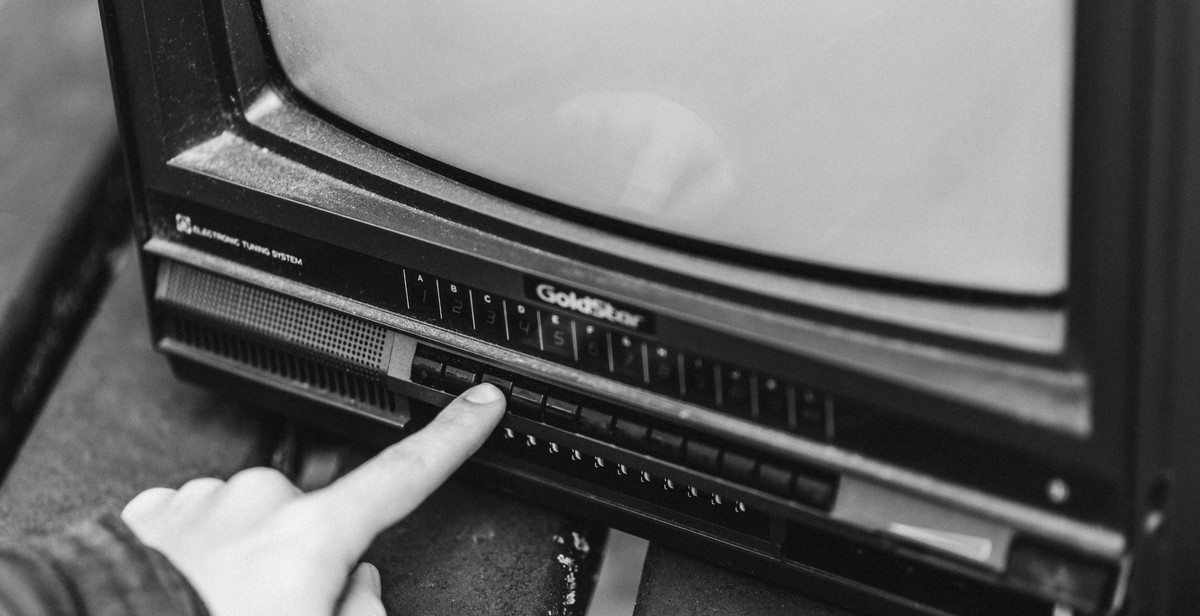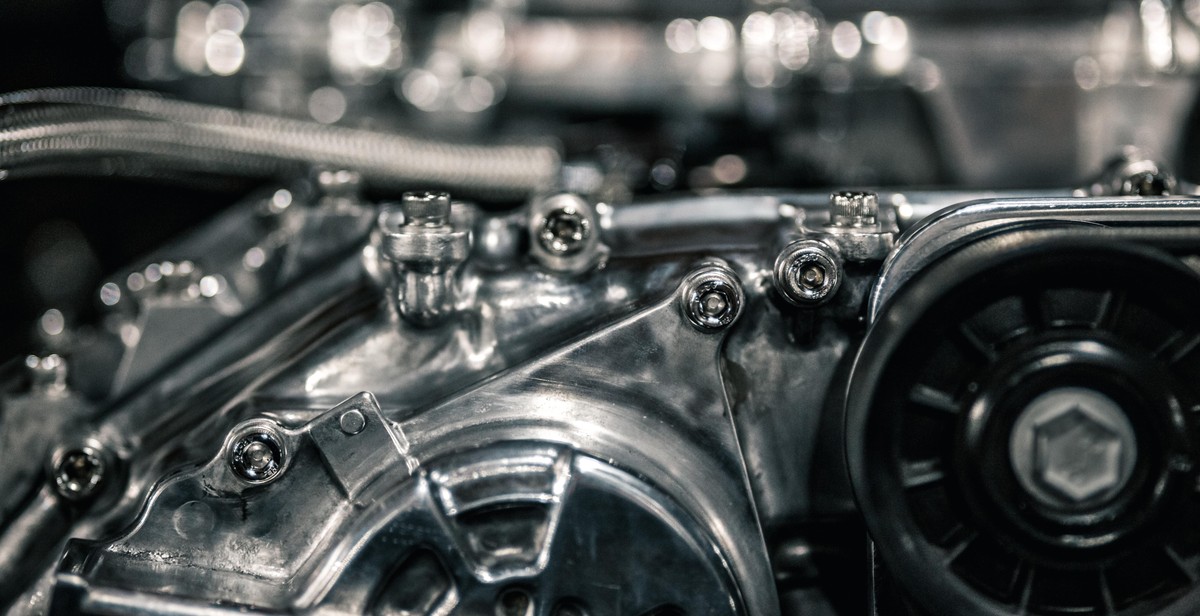How to Wind and Set Automatic Watches
Automatic watches are a popular choice for watch enthusiasts due to their advanced technology and sophisticated design. Unlike a quartz watch, an automatic watch is powered by the movement of the wearer’s wrist, eliminating the need for a battery. However, to ensure accurate timekeeping, it is important to wind and set the watch correctly.
Winding an Automatic Watch
Automatic watches have a rotor that rotates with the movement of the wrist, which winds the mainspring and stores energy. However, if the watch has not been worn for a while or the mainspring has been fully unwound, it will need to be manually wound. To wind an automatic watch, follow these steps:
- Hold the watch in your non-dominant hand and grasp the crown (the small knob on the side of the watch) with your dominant hand.
- Gently pull the crown out to the first position, which allows you to wind the watch.
- Rotate the crown clockwise until you feel resistance, indicating the mainspring is fully wound.
- Push the crown back in to its original position.
Setting an Automatic Watch
After winding the watch, it is important to set the time and date correctly. To set the time on an automatic watch, follow these steps:
- Pull the crown out to the second position, which allows you to set the time.
- Rotate the crown clockwise or counterclockwise to set the correct time.
- Push the crown back in to its original position.
Some automatic watches also have a date function, which can be set by pulling the crown out to the first position and rotating it clockwise or counterclockwise until the correct date is displayed.
By following these simple steps, you can ensure that your automatic watch is wound and set correctly, allowing you to enjoy accurate timekeeping and the sophisticated design of this advanced timepiece.
What are Automatic Watches?
An automatic watch, also known as a self-winding watch, is a type of mechanical watch that does not require manual winding. Unlike traditional mechanical watches that need to be wound by hand, automatic watches use the natural motion of the wearer’s wrist to power the watch.
How Automatic Watches Work
Automatic watches have a rotor, a metal weight that rotates around a pivot in response to the wearer’s movements. The rotor is connected to the watch’s mainspring, which powers the watch’s movement.
As the rotor spins, it winds the mainspring, storing energy that powers the watch. When the watch is fully wound, it can run for up to 40 hours without needing to be wound again.
Automatic watches also have a mechanism that regulates the movement of the watch, ensuring that it keeps accurate time. This mechanism, called an escapement, controls the release of energy from the mainspring, allowing the watch to move at a consistent rate.
Benefits of Automatic Watches
One of the main benefits of automatic watches is their convenience. Unlike traditional mechanical watches that need to be wound by hand, automatic watches wind themselves as the wearer moves, eliminating the need for manual winding.
Automatic watches are also highly accurate, thanks to their escapement mechanism, which regulates the movement of the watch. This makes them a great choice for anyone who needs to keep accurate time, such as pilots, divers, and athletes.
Finally, automatic watches are a great investment. They are built to last for years, and many models increase in value over time. They are also made with high-quality materials, such as sapphire crystal and stainless steel, that are designed to withstand daily wear and tear.
Overall, automatic watches are a great choice for anyone who wants a reliable, accurate, and convenient timepiece that will last for years to come.

Winding an Automatic Watch
Automatic watches are self-winding timepieces that use the movement of the wearer’s wrist to keep the watch running. However, if you don’t wear your automatic watch for a few days, it may stop running. In such cases, you need to wind your watch manually or use a watch winder to keep it running.
Manual Winding
To manually wind an automatic watch, follow these steps:
- Unscrew the crown of the watch.
- Gently pull out the crown to the first or second position.
- Rotate the crown clockwise for about 30 to 40 turns or until the second hand starts moving.
- Push the crown back in and screw it down tightly.
It’s important not to overwind your watch, as this can damage the movement. Once you feel resistance while winding, stop immediately.
Using a Watch Winder
A watch winder is a device that keeps your automatic watch wound when you’re not wearing it. It rotates the watch in a circular motion, mimicking the movement of the wrist, and keeps the watch running. Here’s how to use a watch winder:
- Place your watch in the watch winder and adjust the settings according to the manufacturer’s instructions.
- Turn on the watch winder and let it run for a few hours or overnight.
- When you’re ready to wear your watch, take it out of the watch winder and set the time.
It’s important to note that not all automatic watches can be placed in a watch winder. Some watches have specific winding requirements or power reserves that may not be compatible with a watch winder. Always check the manufacturer’s instructions before using a watch winder.
| Manual Winding | Watch Winders |
|---|---|
| Pros: | Pros: |
| – No additional equipment needed. | – Keeps your watch wound when not in use. |
| – Can be done anywhere, anytime. | – Can be programmed to wind your watch according to its specific requirements. |
| – Allows you to connect with your watch on a more personal level. | – Reduces wear and tear on the movement caused by manual winding. |
| Cons: | Cons: |
| – Requires manual effort. | – Can be expensive. |
| – Can be time-consuming. | – May not be compatible with all automatic watches. |

Setting an Automatic Watch
Once you have wound your automatic watch, it is time to set the date and time. Follow these steps to ensure that your watch displays the correct time and date:
Date and Time Settings
- Locate the crown on the side of the watch. This is the small knob that is used to set the time and date.
- Gently pull the crown out to the first position. This will allow you to adjust the date.
- Rotate the crown clockwise or counterclockwise until the correct date is displayed.
- If your watch has a day display, continue to turn the crown until the correct day is displayed.
- To set the time, pull the crown out to the second position. This will allow you to adjust the time.
- Rotate the crown clockwise until the correct time is displayed.
- Once the correct time and date are displayed, push the crown back in to the original position.
Additional Features
Some automatic watches come with additional features, such as a chronograph or a GMT function. Here is how to set these features:
| Feature | Instructions |
|---|---|
| Chronograph |
|
| GMT Function |
|
By following these steps, you can easily set the date, time, and any additional features on your automatic watch. It is important to keep your watch set correctly to ensure accurate timekeeping.

Tips for Maintaining Your Automatic Watch
Automatic watches are a great investment and can last for years if they are maintained properly. Here are some tips to keep your automatic watch in top condition:
Regular Cleaning
Keeping your watch clean is essential for its longevity. You can clean your watch by wiping it with a soft cloth. You can also use a toothbrush and some mild soap to clean the bracelet and the case. However, make sure to avoid getting water on the watch’s movement, as it can damage it.
Avoiding Extreme Temperatures
Extreme temperatures can have a negative impact on your watch’s accuracy and longevity. Avoid exposing your watch to extreme heat or cold, as it can cause the watch’s movements to expand or contract, affecting its accuracy.
Keeping it Safe
When you’re not wearing your watch, it’s important to store it in a safe place. Avoid storing your watch in a place where it can be exposed to dust, moisture, or extreme temperatures. You can store your watch in a watch box or a safe, which will protect it from damage.
- Regular cleaning can help keep your watch in top condition.
- Avoid exposing your watch to extreme temperatures.
- When you’re not wearing your watch, store it in a safe place.
By following these simple tips, you can ensure that your automatic watch stays in top condition for years to come.
